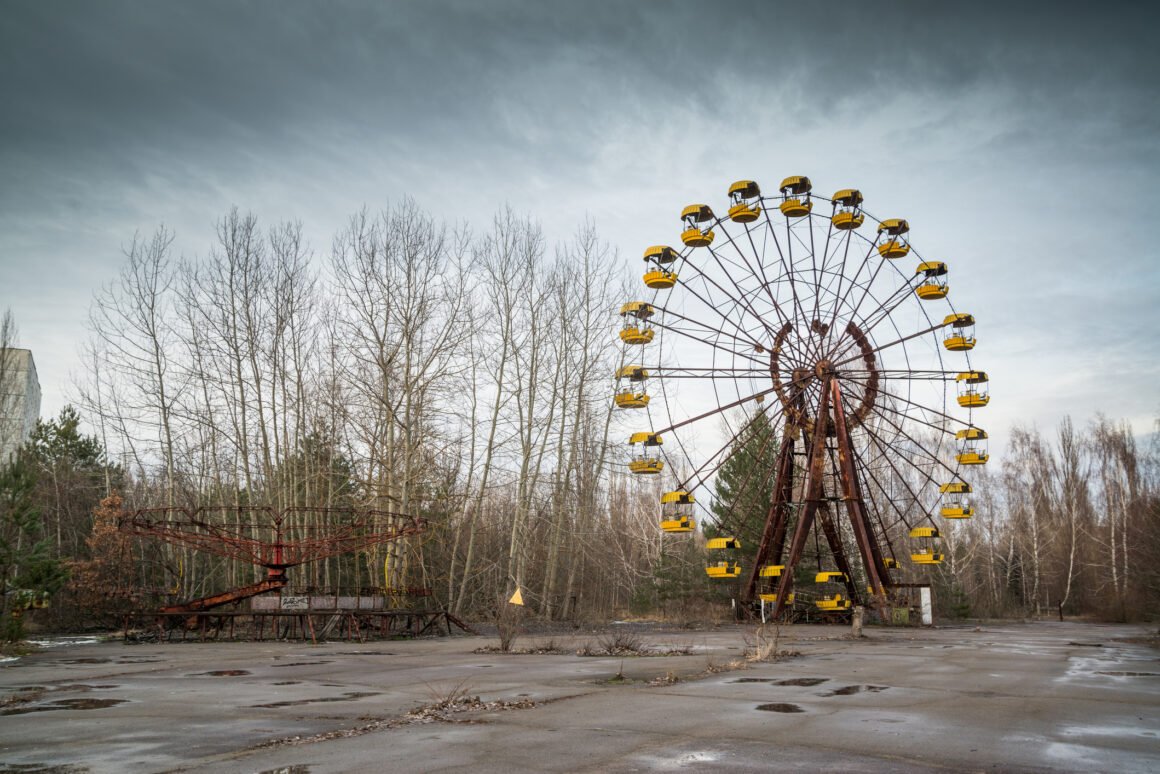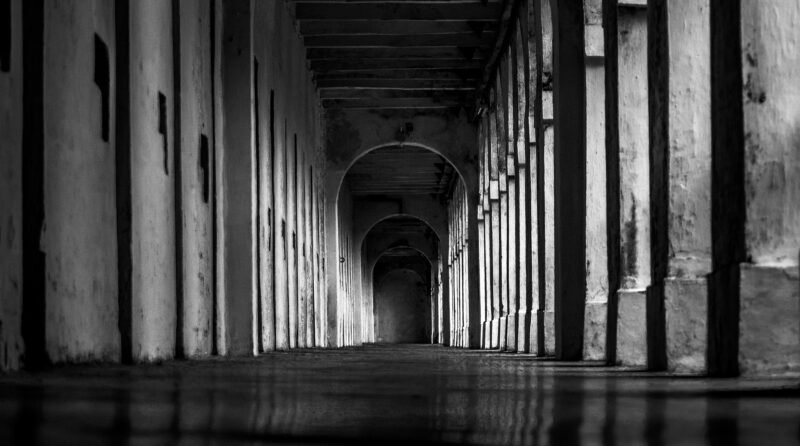Dark tourism, a unique niche in the travel industry, invites travellers to explore the darkest and most somber aspects of human history. This form of tourism, also known as grief or thanatourism, involves visiting places associated with death, disaster, and tragedy. It offers a profound opportunity to reflect on the past, pay respects, and gain a deeper understanding of the human experience. In this article, we will delve into the concept of dark tourism and highlight some of the most visited destinations for those seeking to explore these morbid yet compelling facets of history.
Understanding Dark Tourism
Dark tourism is not a new concept; it has deep historical roots, but its popularity has surged in recent years. This rise in prominence can be attributed to greater accessibility to these sites and a growing interest in history, sociology, and human psychology. The enduring appeal of dark tourism lies in its capacity to provide a unique and often emotionally charged experience, allowing visitors to establish connections with historical events and places that have indelibly shaped the world.

This phenomenon draws millions of tourists to some of the most somber and tragic sites across the globe. From Auschwitz to Chernobyl, Gettysburg, the Kennedy assassination site, and the 9/11 Memorial in New York, travelers now seek to weave some of history’s darkest chapters into their journeys. Dark tourism, with its historical tradition, centers on visiting places where humankind’s most harrowing experiences have unfolded, encompassing everything from genocide and assassination to incarceration, ethnic cleansing, war, and various natural or accidental disasters.
While some may mistakenly link dark tourism to ghost stories and thrills, experts emphasize that it is not driven by fear or the supernatural. J. John Lennon, a professor of tourism at Glasgow Caledonian University, coined the term “dark tourism” in 1996 and underlines that it is not a new phenomenon. Historical records suggest that dark tourism dates back centuries, with instances like spectators observing the Battle of Waterloo from carriages in 1815. Even earlier, crowds gathered to witness public hangings in 16th-century London, which, although relatively recent, are rooted in the tradition of gruesome spectacles that unfolded in the Roman Colosseum.
While precise statistics on the number of dark tourism participants each year and its growth trend remain unavailable, it is clear that this phenomenon is expanding. Dark-Tourism.com, an online travel guide maintained by an enthusiast, catalogues nearly 900 dark tourism destinations across 112 countries. The growing fascination with the darker facets of history is reflective of the inherent darkness that can be found in much of human history. Dark tourism affords visitors the opportunity to engage with the past, not as detached strangers, but as individuals who can empathize with the circumstances and events that unfolded in these solemn locations.
The Most Visited Destinations for Dark Tourism
Although it is challenging to pinpoint the exact features that make one place more “popular” than another in the realm of dark tourism, there are some destinations that consistently attract a high number of tourists:
- Auschwitz-Birkenau, Poland: Perhaps one of the most infamous and poignant dark tourism destinations, Auschwitz-Birkenau serves as a reminder of the horrors of the Holocaust. Visitors can see the preserved concentration and extermination camps, witness the conditions prisoners endured, and pay tribute to the millions who lost their lives there.
- Chernobyl Exclusion Zone, Ukraine: The Chernobyl disaster in 1986 created an exclusion zone surrounding the nuclear power plant. Visitors could take guided tours through the eerie, abandoned towns and experience the chilling aftermath of the world’s worst nuclear accident. NOTE: Due to the ongoing War in Ukraine, Chernobyl tours are unavailable.
- Ground Zero, New York City, USA: The site of the September 11, 2001, terrorist attacks is a significant dark tourism destination. The 9/11 Memorial and Museum pays tribute to the victims, while providing insight into the events of that fateful day.
- Hiroshima Peace Memorial Park, Japan: This site commemorates the victims of the atomic bombing of Hiroshima during World War II. The Peace Memorial Museum offers an educational experience and serves as a symbol of hope for a world without nuclear warfare.
- Killing Fields, Cambodia: The Killing Fields are a chilling testament to the Cambodian Genocide during the Khmer Rouge regime. Visitors can explore the site and gain a deeper understanding of the tragic events that transpired there.
- Alcatraz Island, USA: Once a notorious prison, Alcatraz Island is an often visited dark tourism destination. Tourists can learn about the lives of inmates and the prison’s storied history.
- Château de Chillon, Switzerland: While not as haunting as some other destinations, Château de Chillon offers a glimpse into medieval dungeons and dark historical periods, making it an intriguing stop for history enthusiasts.
- Pompeii, Italy: The ruins of Pompeii stand as a stark reminder of the devastating eruption of Mount Vesuvius in 79 AD. Visitors can explore the remarkably preserved city to gain insight into life during the Roman era.
Ethical Considerations
In the realm of dark tourism, there is no universally defined right or wrong way for tourists to conduct themselves at these sites. However, the overarching goal remains clear: people who visit these locations are afforded the opportunity to gain a deeper and more empathetic understanding of past atrocities, with a particular focus on events related to racial and ethnic cleansing.
Travellers must be mindful of the impact they have on these sensitive sites. Respecting the dignity of those who suffered and died is paramount. Engaging in guided tours and adhering to site rules and regulations is essential to ensure that one’s presence is respectful and educational rather than voyeuristic.
Importance of Never Forgetting
Dark tourism offers a profound and emotionally charged way to engage with history and reflect on the darkest moments of the human experience. While these destinations may not be everyone’s cup of tea, for those with a passion for history and a desire to better understand the world’s most somber events, dark tourism can be an eye-opening and thought-provoking journey. It serves as a reminder of the importance of never forgetting the past and learning from it.











